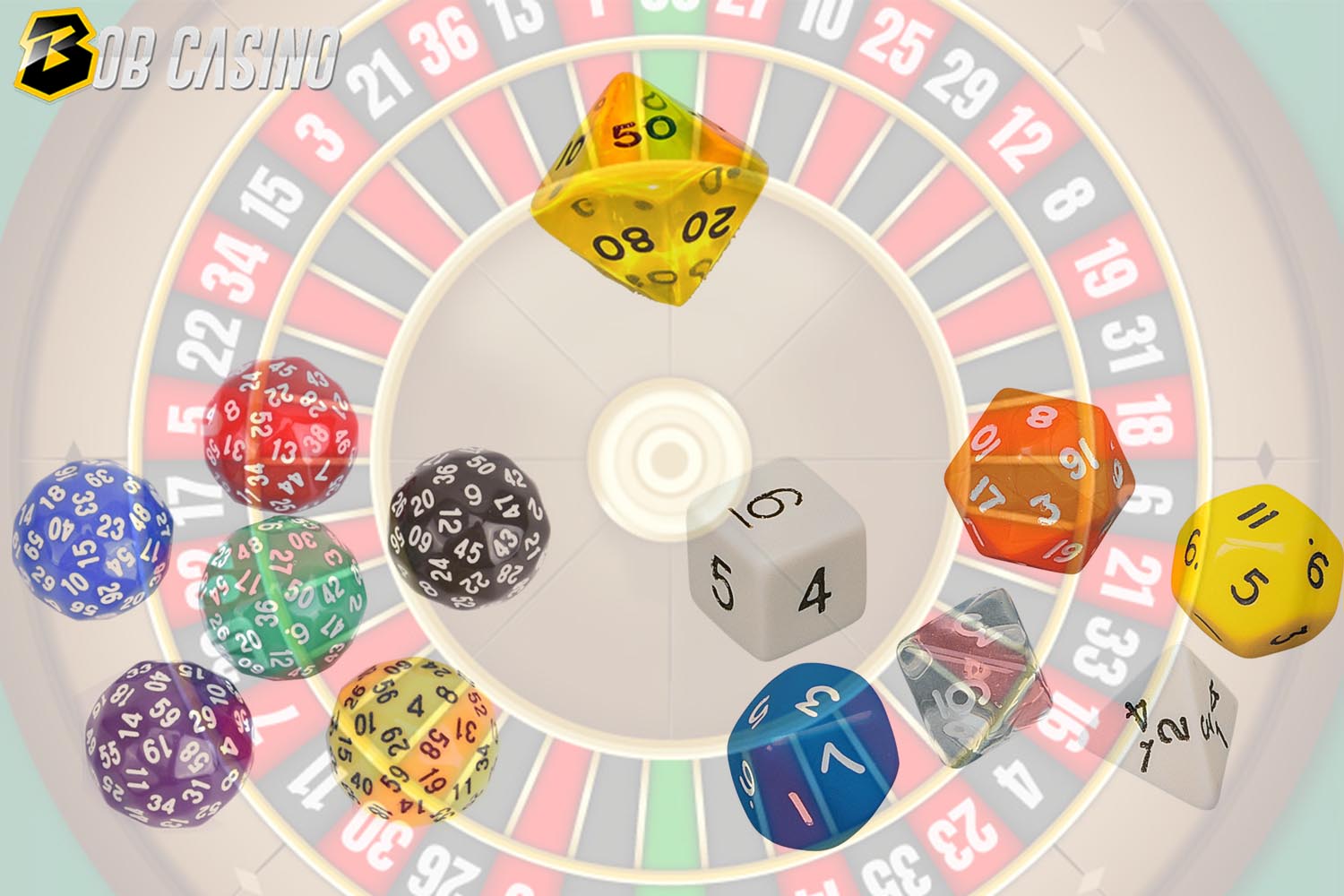 Published: 19.06.2019, 16:51
Published: 19.06.2019, 16:51 4 min read
4 min readDice – Small cubes used in games. Each side of dice has from one to six dots. They are used in different casino games, where the dice are thrown by gamblers to determine the outcome of the game. Both die and dice are acceptable singular forms of the word.
How many board games or card games has the average person played in their life? Probably several! From young kids to adults and the elderly, everyone seems to hold those classic family game nights close to heart. Take a look back and try to remember the parts and pieces of those games. Beyond the fancy game board designs, fake money, and car-shaped markers, too often the importance of the dice is left out.
It´s necessary to order playing turns of dice game participants. Dice (bones, shakers) are a simple, yet effective, so how did they make their debut?
Dice History
As most people know, the dice definition is that of throwable cubes with small points on each face, more formally called pips, representing the numbers from 1 to 6 on each of the cube’s six shades.
Shakers have been used for hundreds of years in different countries across the globe. Even though their origin is obscure, it is believed that the bones emerged from crystal-gazer witchcraft at the dawn of gambling. The earliest examples of shakers were created from the talus of hoofed animals (e.g., oxen). In Egypt, these cubes were manufactured in the form of flat, two-sided sticks with a number of spaces pointed in each side of the stick. Romans used the dice made of stone, while there is historical evidence of their production of human bones in the Native American tribes. Modern machinery allows the production of thermoset plastic bones, which are the most common today.
Variants
Not only are the standard black and white shakers offered today, but also a wide range of their varieties to every taste is available. Here are some of the diverse playing cubes currently on offer. Get inspired and shake things up a bit at the next family game night!
Polyhedral-shaped dice
This unique variation wasn´t discovered until the end of the 1960s; non-cubical bones became trendy among wargame players and have been incorporated in role-playing games, such as Dungeon & Dragons, and selected trading card games over the past few years. This variation usually sets the numbering up to 10 and even up to 32 at times. To avoid confusion, numbers 6 and 9 are marked with an underline.
Atypical Alternatives
Shakers of more complex geometrical shapes include:
- Platonic solids. Five of the cubes are shaped with faces of a regular polygon with faces as low as 4 and as high as 20. Multiple faces allow gamblers and players to strike a high number. It is probably the most trending non-traditional type besides the casino dice.
- Pentagonal Trapezohedron. The structure of these shakers is just as complicated as their name. This somewhat common game piece is a non-cubical shape; it has 10 sides with faces shaped like kites. It´s common to receive an additional 10-sided bone of a different color or numbered by tens, thus enabling gamers to utilize both of the two 10-sided dice to generate numbers ranging from 1 to 100.
- Extraordinary styles. There are countless more styles, all of which obtain their name from the number of sides or faces created. Examples include the dodecahedron (13 faces) and the pyritohedra (12 sides).
- Others. Other options are non-numerical cubes with symbols instead of numbers, maybe a plus sign, an art symbol, etc. Also, alternative numbering refers to the inconsistency of the numbers. A sequence might have two identical numbers, e.g., 3´s (3, 4, 5, 5, etc.).

The Difference between Online and Casino Dice
It´s easy to think that both sets can be interchangeable, but it´s not that simple. Everything depends on the structure of the game being played.
Online Dice. Don´t worry if there a pick-up game in the office; online dice is an option that can be accessed through a desktop or laptop, even a mobile phone.
Casino Dice. As if there weren´t enough types of shakers in the world, casino dice is distinct from the rest. Firstly, these cubes are meant to bounce off a padded wall in casino tables. So, these ones are heavy, larger in size, and have sharp edges, which allows them to stabilize faster when thrown on the table; a continuous rolling die is an undesirable outcome of a game round.
Dice Games
Depending on the game, there are certain dice game rules, either establishing a particular cube to incorporate, or leaving the cube choice at the player’s discretion. Games that heavily depend on bones include:
- Casino games: Hazard, Table Craps, Shut the box, etc.
- Bar games: Klondike, Crew, Bunco, etc.
- Family fun games: Yahtzee, Boggle, Dungeons & Dragons, etc.
Among the countless cube-dependent options, the dice can be used more uniquely now more than ever. Every day new uses for all kinds thereof are discovered: for deciding which restaurant to eat at, for surprise reading turns in a school classroom, to future board games, dice will be used in the years to come. It will be exciting to see the new materials used to create the tokens and the new shapes and forms they will take. Let the future of dice and table games await!





